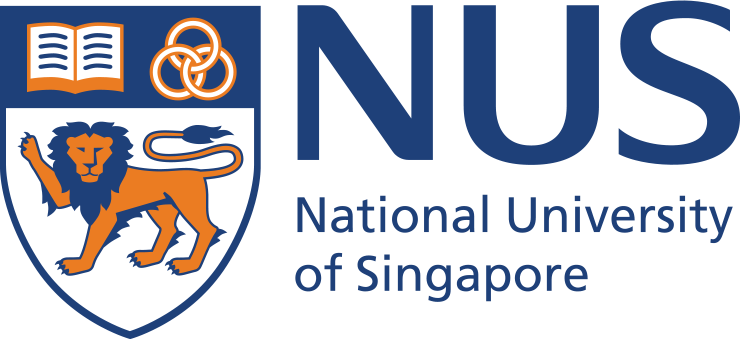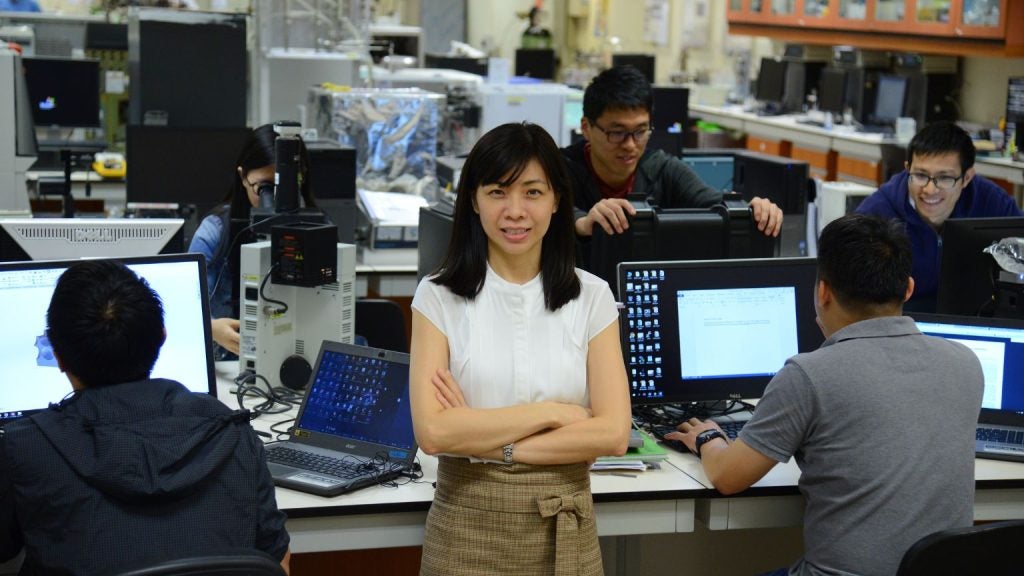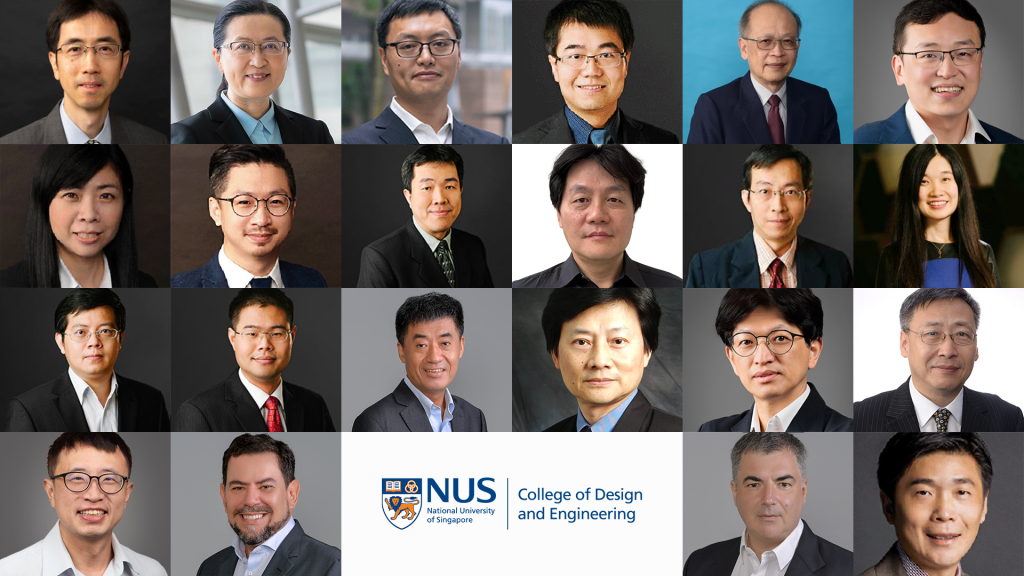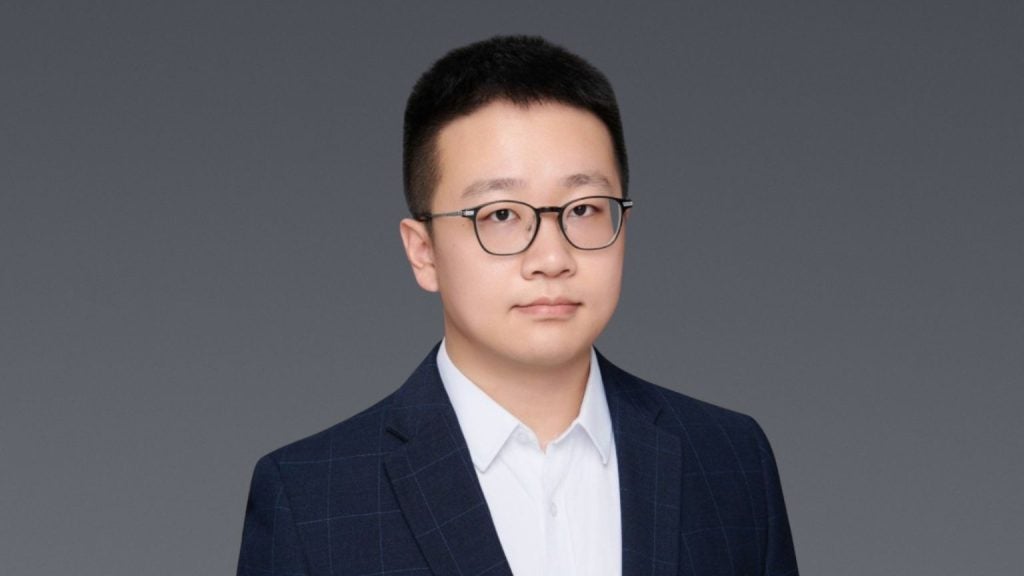
“What began as a modest programme seven decades ago has since cultivated generations of engineers, expanded Singapore’s engineering capabilities, and contributed significantly to our nation’s progress.”
With these words, the CEE70 Symposium opened on 10 October 2025 at Marina Bay Sands, commemorating 70 years since Civil Engineering was first introduced at the University of Malaya, the foundation of what is today the Department of Civil and Environmental Engineering (CEE) at the National University of Singapore.
Held in partnership with the Professional Engineers Board (PEB) and The Institution of Engineers, Singapore (IES), the milestone event brought together leaders from government and industry, alumni, researchers, faculty, and close to 300 students from 30 primary, secondary, and pre-university institutions.
The day-long celebration comprised three components — a symposium, a research exhibition, and a student fair — reflecting CEE’s mission to bridge education, research, and engagement. Themed “Our Achievements, Our Future”, the event looked back at the department’s far-reaching impact, while spotlighting the innovations and partnerships shaping Singapore’s future built environment.

In her keynote address, Guest of Honour Ms Indranee Rajah, Minister in the Prime Minister’s Office and Second Minister for Finance and National Development, underscored the increasingly critical role of engineers in shaping sustainable and liveable cities.
“As we face challenges like climate change and resource scarcity, the role of civil and environmental engineers has never been more critical — or more exciting,” she said. “Built environment professionals shape how we live, work, and play. Their work creates the infrastructure that connects communities, and the solutions that protect our environment.”
Throughout the day, speakers from key agencies — including BCA, HDB, LTA, PUB, URA, JTC and HTX — shared insights into how Singapore is advancing resilience, sustainability, and innovation across infrastructure and the built environment. Leaders from the private sector, including Woh Hup and Obayashi Singapore, also spoke on the importance of industry-academia collaboration in driving transformation.
Professor Heng Chye Kiang, Deputy Dean (Research) of CDE, acknowledged the collective effort behind the department’s journey.
“Together, we have nurtured talent, advanced innovation, and shaped Singapore’s built environment into one we can all take pride in,” he said. “These partnerships continue to evolve — and they remain central to how we educate, innovate, and serve society.”
In his speech, Professor Richard Liew, Head of CEE, reflected on how the department’s growth has mirrored Singapore’s own national development.
“Over seven decades, NUS CEE has contributed to the ideas, infrastructure, and talent that built our nation — from water and sanitation to housing and transport; from land reclamation and deep foundations to coastal protection and environmental stewardship,” he said.
“Singapore has been our living laboratory and our shared mission — to engineer a safe, sustainable, and resilient home for generations to come.”
He reaffirmed the department’s long-term commitment to three key thrusts:
- Education — evolving the curriculum to prepare engineers for an interdisciplinary, rapidly changing world;
- Research — driving innovation in sustainable materials, water and coastal systems, and smart infrastructure; and
- Engagement — strengthening partnerships with industry and professional bodies, and fostering an inclusive, diverse engineering community.
Alongside the symposium, the research exhibition offered a glimpse into CEE’s latest innovations, including:
- Green cement and 3D concrete printing, developed with locally sourced waste materials to reduce carbon emissions and landfill reliance;
- Autonomous underwater vehicles for efficient, high-precision inspection of coastal infrastructure;
- Circular economy innovations that turn marine clay and construction waste into reusable building materials;
- Singapore’s first on-site 3D printed concrete building, developed in collaboration with Woh Hup.

The accompanying student fair brought engineering to life for young attendees, who explored hands-on exhibits on tunnel boring, desalination, coastal protection, and more. Students engaged directly with engineers, researchers, and university volunteers, discovering how civil and environmental engineering shape the world around them.
The CEE70 Symposium was more than a milestone celebration — it was a reaffirmation of the department’s enduring mission to serve society through engineering, and a call to action for the next generation to carry that purpose forward.





